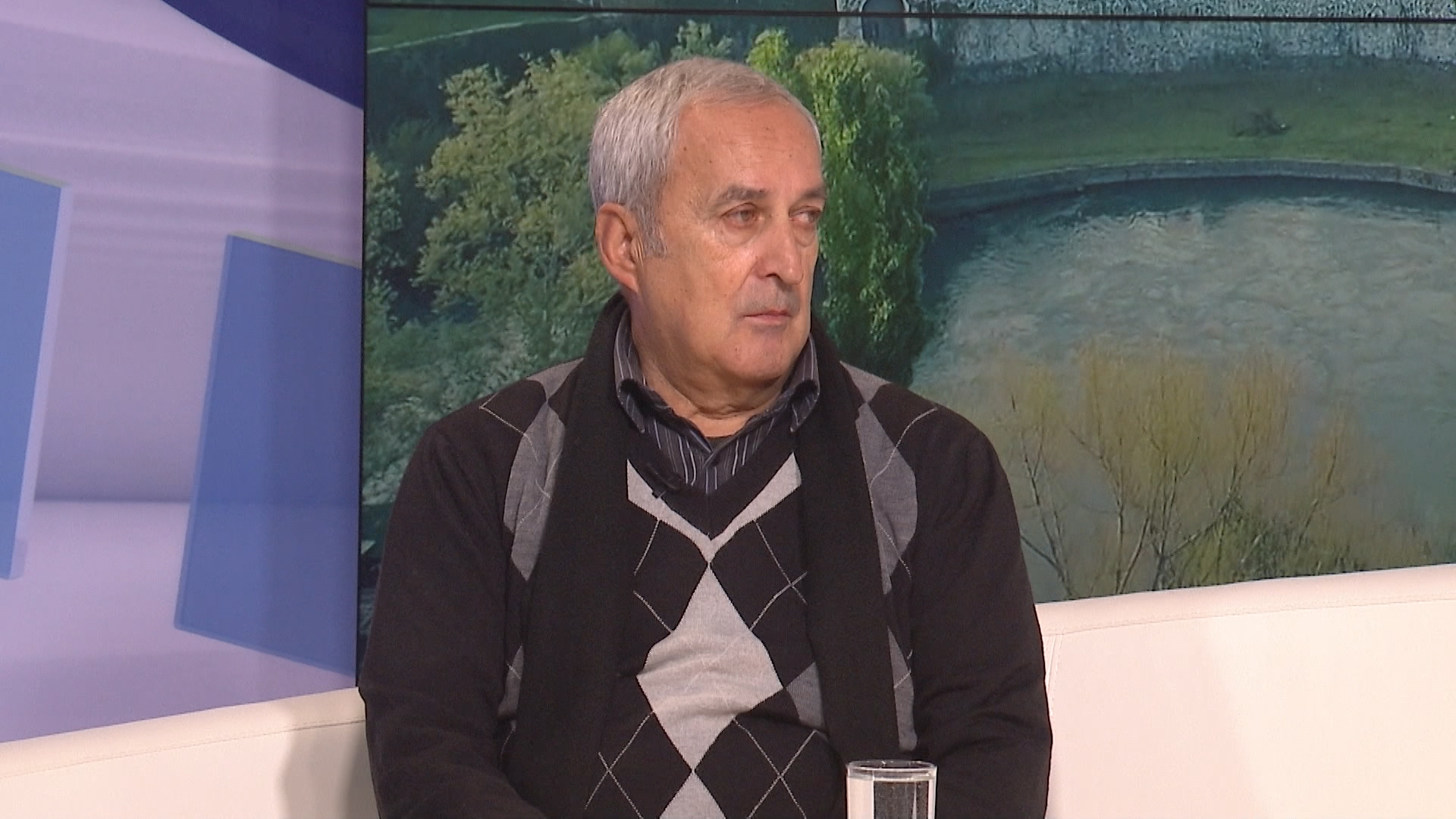Bosnia to take control over its airspace after 27 years

After 27 years, Bosnia and Herzegovina will finally take control over its airspace in the night between Wednesday and Thursday, as now it finally has the necessary expertise to do so, aviation expert and pilot Omer Kulic told N1 on Monday.
Oglas
Bosnia and Herzegovina Air Navigation Services Agency (BHANSA) will finally take control over Bosnia’s complete airspace in the night between December 4 and 5.
“Until the war, Yugoslavia was divided into two regions, and after that war, Slovenia swiftly established this system, Macedonia did so within three years, and we are working on it for that past 15 years already,” Kulic said.
It took so long for the country to control its airspace because “inadequate people” were employed at particular posts, he said, stressing that “experts were not leading that process.”
Oglas
“As soon as those with expertise became engaged, this was initiated,” he added.
But according to Kulic, that was not the only reason for the slow process. There were also obstructions.
“There were obstructions from Belgrade and Zagreb, because of money. Both Belgrade and Zagreb took loans, they needed money from Bosnia and Herzegovina, and they did not have to invest anything but only to control the airspace of Bosnia,” he said.
It is estimated that Bosnia lost up to 35 million Euros by paying Serbia and Croatia for a job which the country could have done itself.
Oglas
“If we would have controlled it, the money would stay in Bosnia and Herzegovina, Serbia and Croatia did everything in order to extend this. Serbia influenced Serbs and Croatia influenced Croats in Bosnia and Herzegovina,” Kulic said.
According to the chief of operations at BHANSA, Adnan Gafic, the institution currently controls about 200 flights daily and this number will drastically increase from December 5 onward.
“The situation currently is that we control the airspace above 10,000 metres. After November 5, there will be an increase in the number of aeroplanes we control. During the winter period that increase will probably mean some 70-80 aeroplanes per hour, or some 700-800 a day. In the summer, it is expected that it will be some up to 120 aeroplanes per hour, or 1,600 per day,” he said.
“This is a big challenge, but we are ready as our people passed all of their training,” he added.
Kakvo je tvoje mišljenje o ovome?
Učestvuj u diskusiji ili pročitaj komentare
Oglas
Kakvo je tvoje mišljenje o ovome?
Učestvuj u diskusiji ili pročitaj komentare
Oglas





 Srbija
Srbija
 Hrvatska
Hrvatska
 Slovenija
Slovenija



























































